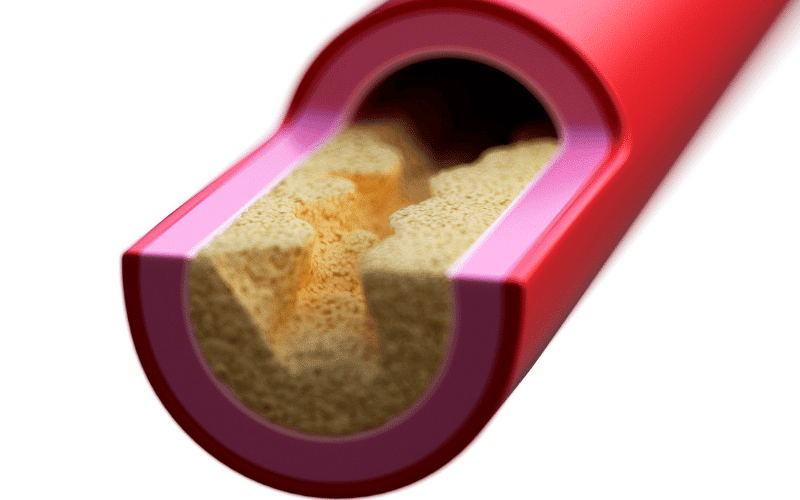Introduction: Don’t Skip a Beat, Recognize the Signs

Tirelessly ticking within the confines of our chest is an organ, no larger than a clenched fist, responsible for the essential rhythm of life – the heart. This muscular powerhouse pumps oxygenated blood throughout our bodies, making every heartbeat a testament to life itself. However, when the heart’s arteries, the primary routes for blood circulation, face blockage, the results can be catastrophic.
The arteries of our heart can become blocked due to atherosclerosis, a condition marked by the accumulation of fatty plaques. These plaques narrow the arteries, compromising the flow of blood, and with it, the supply of oxygen and nutrients to the heart muscle. Consequently, this can lead to serious health conditions, such as angina or even a heart attack.
Coronary artery disease (CAD), the medical term for heart blockage, is a silent operator. Its signs are often subtle and easy to overlook. However, they hold within them the potential to evolve into life-threatening conditions, which makes understanding these signs a matter of utmost importance.
This article ventures into these 10 crucial signs of heart blockage, providing a detailed look at these symptoms that could be indicators of a heart operating under strain. Recognizing these signs early can lead to swift and effective medical intervention, helping to mitigate the potential dangers and safeguard heart health.
Let’s unmask these signs, understand their implications, and explore how recognizing them can be a lifesaver. Each sign will be presented as a symptom, examined in detail, to create a comprehensive picture of what heart blockage can look like. Armed with this knowledge, we can ensure that every heartbeat counts for a healthy, long life.
Sign 1. Chest Discomfort: The Heart’s Quiet Alarm

The first sign that often paints a picture of heart blockage is chest discomfort. This discomfort can parade itself in various forms: pressure, fullness, or a squeezing sensation. It’s like an unpredictable whisper, sometimes faint, sometimes glaring, but it tends to persist. The discomfort waxes and wanes, retreating only to make an unexpected comeback.
However, this discomfort plays tricks. One might be tempted to dismiss it as a simple case of indigestion or a pulled muscle. But its insistent pattern should not be taken lightly. It’s akin to a quiet alarm bell, softly hinting at an underlying issue with the heart.
Interestingly, this discomfort often plays a game of hide-and-seek. It may start in the chest, but it doesn’t stay there. It travels, extending its reach to the arms, back, neck, jaw, or even the stomach. This migratory pain is the body’s complex way of signaling a potential disruption in the heart’s blood supply.
The deceptive nature of chest discomfort lies in its variability. For some, it might feel like an elephant is sitting on their chest, while others may experience it as a subtle ache or an odd sensation rather than explicit pain. This variability can mislead and potentially delay the identification of heart blockage.
Regardless of the severity or type of discomfort, it is crucial to listen to this sign. It’s the body’s method of indicating a potential problem with the heart’s highways – the arteries – signaling a possible blockage that might need attention. (1)